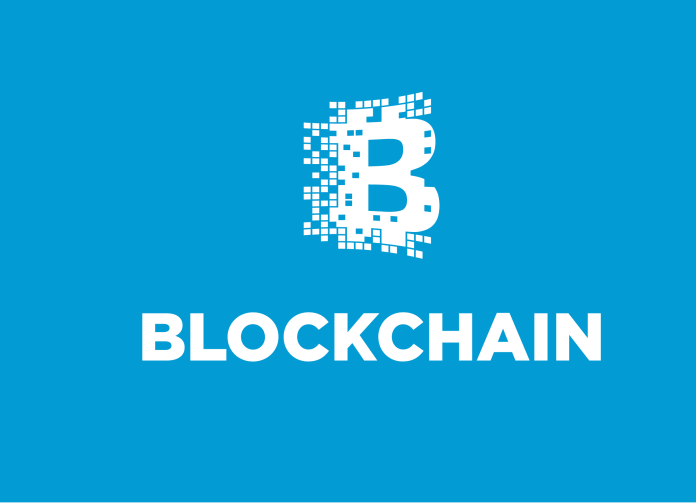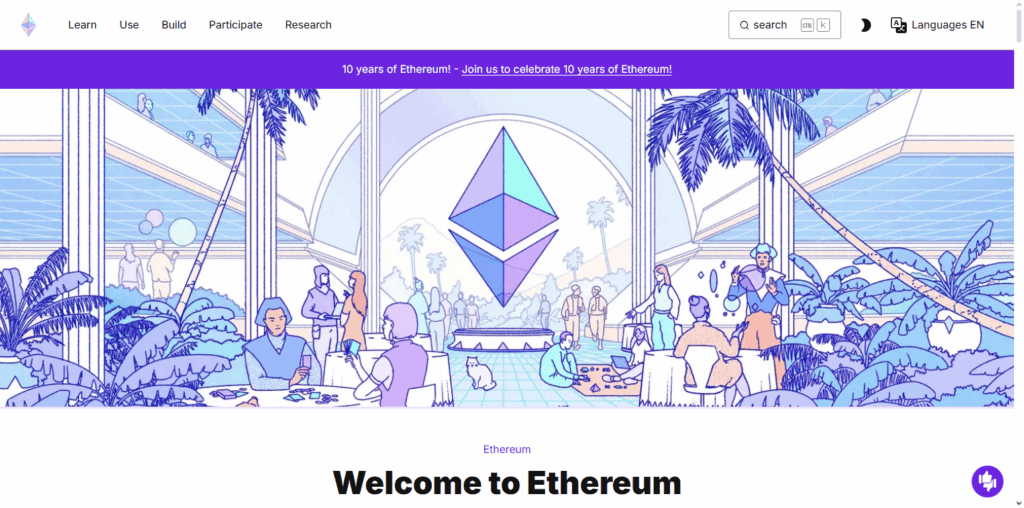In this post, I will discuss the How to Choose the Right Blockchain for NFTs. With plentiful options, choosing the best one can make a big difference in your success.
Things like fees, transactions per second, network security and support from technical infrastructure are very important. As an artist or investor, strategizing gives better results in terms of performance and value along with user satisfaction for your NFTs.
What is Blockchain ?
Blockchain operates as a decentralized digital ledger technology that enables recording transactions across a network of computers in a secure, transparent, and tamper-proof manner.

Transactions are stored in “blocks”, which are linked together sequentially to form chains. Blockchains function without a singular authority, meaning that unlike conventional databases, trust is provided via consensus mechanisms.
This characteristic of blockchains make them suitable for use in cryptocurrencies, NFTs and other instances where peer-to-peer exchange or digital possession occurs, requiring transparency, security and data integrity.
How to Choose the Right Blockchain for NFTs
Transaction Costs (Gas Fees)
Pick a blockchain with minimum and constant rates to circumvent hyper cost during NFT minting or trading.
Speed and Scalability
Consider networks with quick execution period and high traffic capability such as Solana or Polygon.
Security and Reliability
Confirm the blockchain’s reputation for safety as well as consistency (ex. Ethereum).
Ecosystem and Marketplace Support
See if the blockchain has support from leading NFT marketplaces like OpenSea and Rarible.
Smart Contract Capability
If your NFT needs complex features like royalties or metadata updates then ensure there is adequate smart contract flexibility.
Environmental Sustainability
For blockchains that encourage environmental sustainability check out Flow or Tezos.
Community Size, Developer resources, And Innovation Speed
Blockchains that lack active development faces slow innovation hence look for ones with larger community of developers.
Requirements Specific To The Project
Tailor fit the blockchain solution to the project requirements whether it be gaming, enterprise obsinect artists.
Popular NFT Blockchains Compared
Ethereum
Ethereum ranks among the foremost blockchains used for NFTs thanks to its smart contract capabilities and the earlier adoption of NFT marketplaces such as Opensea or Rarible. It created the ERC-721 and ERC-1155 standards which pioneered NFT development.

Ethereum’s sizable developer ecosystem, robust security, high liquidity, and strong community reputation make it a go-to blockchain for artists, collectors, and developers. Although Ethereum is known for its expensive gas fees, its infrastructure is tested while receiving ample support which makes Ethereum rest assured that they are still dominant in the NFT space.
Solana
Solana is a notable NFT blockchain as it offers rapid and inexpensive transaction services, making it well-suited for large-scale gaming NFTs and other drops. Its Proof of History (PoH) consensus allows it to process thousands of transactions with little cost, making it effortless to use.

Creators who need to mint and trade assets efficiently are drawn by Solana’s low costs. It also has an expanding ecosystem where Magic Eden acts as a marketplace which boosts support for NFTs compared to other blockchains providing better value for developers as well as collectors.
Benefits Of How to Choose the Right Blockchain for NFTs
Reduced Transaction Fees: Reduced gas fees make minting and trading NFTs more profitable, since costs are lower.
Quicker Transactions: For games and marketplaces, a high-speed scalable network with smooth user experiences is ideal.
Enhanced Protection: Your NFTs are guaranteed stronger protection from hacks, fraud, and data loss through the blockchain.
Access to Broader Marketplaces: You can sell your NFTs on major marketplaces such as OpenSea and Rarible if you use a supported chain.
Custom Features for Smart Contracts: Blockchains that issue smart contracts support custom features like royalties, auctions, or dynamic metadata.
Reduced Environmental Impact: Eco-friendly blockchains help reduce carbon emissions resulting from the trading and creation of NFTs.
Foreseeable Growth Potential: With the right blockchain framework, an NFT project will grow without facing issues related to performance or cost.
Increased Confidence and Reliabililty: Using reputable blockchains instills confidence for buyers, collectors and investors
Risk & Considerations
Network Congestion
Slow transactions and high fees during peak periods due to congestion on popular blockchains like Ethereum.
Volatile Gas Fees
On Ethereum and some other networks, gas fees become a minting cost volatility risk for trading.
Smart Contract Bugs
Your NFTs come with risks from poorly written or audited smart contracts that are susceptible to hacks or exploits.
Blockchain Downtime
Newer or less established blockchains may have outages or instability (like sporadic downtime around Solana).
Marketplace Limitations
Visibility and resale opportunities may be limited because not all blockchains are supported on major NFT platforms.
Regulatory Uncertainty
Geography, compliance, and the ever-changing global regulatory landscape could impact NFT projects or blockchains differently.
Low Liquidity & Adoption
Lesser-known blockchains translate to fewer buyers, developers and overall ecosystem support relative to more known alternatives.
Sustainability Concerns
Due to their energy-intensive nature, such blockchains risk reduced adoption or increased criticism based on environmental sustainability.
Pros & Cons
| Pros | Cons |
|---|---|
| Low Transaction Fees | May come with lower network security or decentralization |
| Fast Transactions & Scalability | Some fast blockchains face outages or performance issues |
| Strong Security on Established Networks | High gas fees on secure networks like Ethereum |
| Wider Marketplace & Wallet Support | Limited support for newer or niche blockchains |
| Smart Contract Functionality | Smart contracts can have bugs or security vulnerabilities |
| Eco-Friendly Options Available | Green blockchains may have smaller user bases |
| Large Developer Communities | High competition and congestion on popular chains |
| Customizable for Specific Use Cases | Requires technical knowledge to choose and implement correctly |
Conclusion
Selecting the appropriate blockchain technology for your project requires consideration of trade-offs like cost, speed, security, and environmental impact. Assess transaction fees alongside the blockchain’s reliability, support for other platforms’ ecosystems, and your intended audience.
Well-known blockchains Etereum, Solana ,Polygon and Tezos have their own distinct benefits. Whatever you choose must be aligned with your project’s objectives and anticipated user experience. Early decisions made based on factual information contributes to improved performance, wider reach and more value for NFTs later on.









